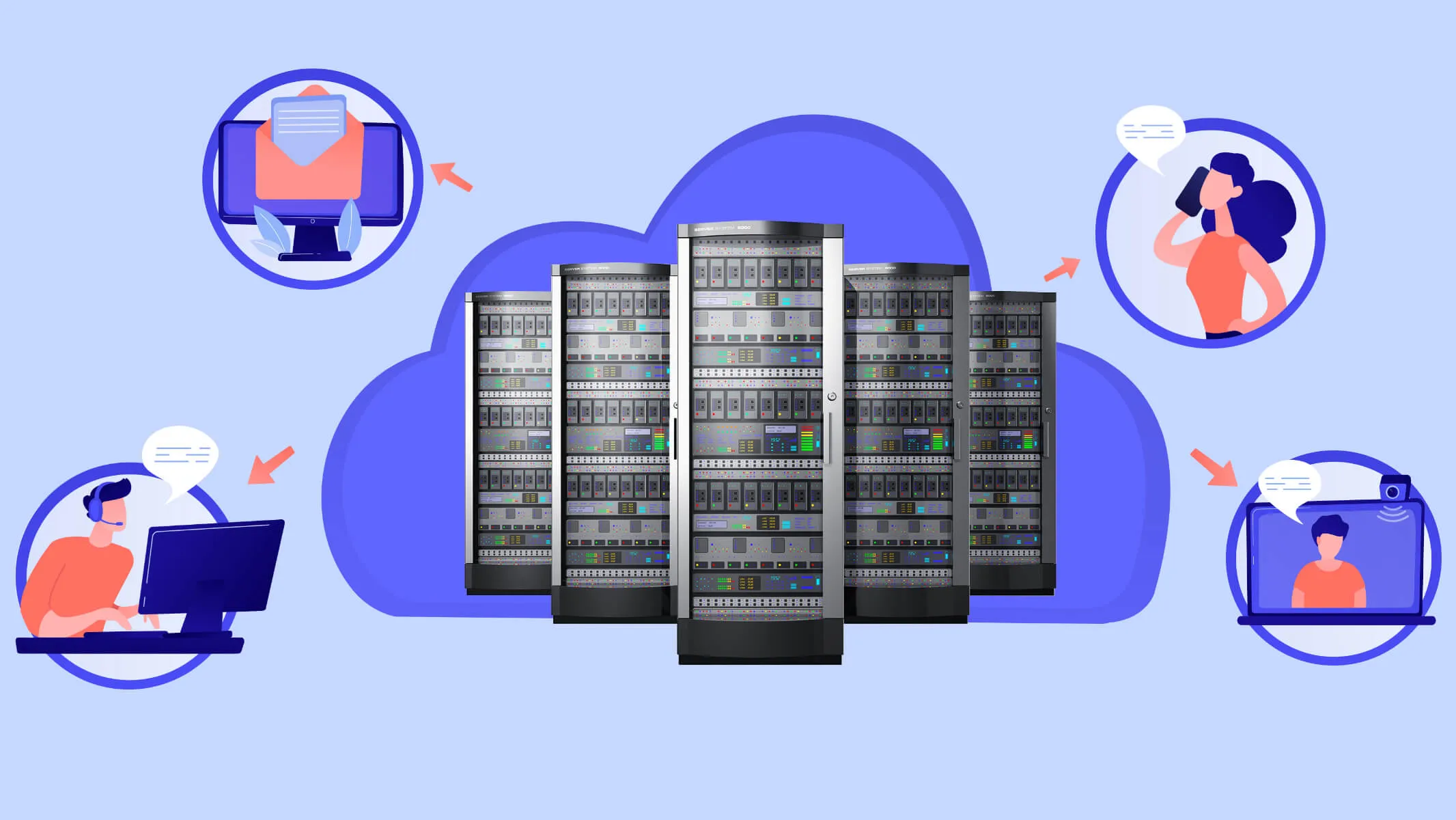Chatbots: An Effective Customer Service Channel

With increased awareness about the transformative power of AI, the adoption of AI is now being seen across many industries. From large banks to ecommerce players, AI is being used for a variety of use cases. Many leading banks use intelligent AI-enabled bot for improving the efficiency of the credit decision process. Online B2C stores are using AI to help end users with product discovery. AI is used to determine the appropriate products for a particular customer and the sequence in which they should be displayed.

Conversational AI enables businesses manage heavier workloads created by the competing demands of shrinking workforces and higher call volumes. With Chatbots handling routine questions and transactions, employees can spend more time building relationships with customers or working on problems that require creativity to solve. For example, the technology has allowed healthcare companies to scale down contact centers while also keeping service quality high. Chatbots assist with scheduling and billing inquiries while employees focus on providing patient care.
Businesses certainly stand to gain from the use of Chatbots, but there are benefits for their customers too. Though people often prefer getting help from a human, their real preferences are driven by context. If they can get personalized answers faster, customers are happy to work with Chatbots.
So, let’s demystify Chatbots. The term “Bot” comes from the term “Robot”. A Robot is an object or a tool that is capable of moving independently, performing complex actions or imitating human behavior. Bots aren’t a new concept in the digital world. Search engines like Google have been reliant on bots for years to help with analyzing content and indexing the web. Bots can make it easier to track and organize information, often moving at a faster pace than any human is capable of.

If a bot is an automated tool designed to complete a specific software-based task, then a Chatbot is the same thing – just with a focus on talking or having a conversation. Chatbots, a sub-genre of the bot environment, are created to interact conversationally with humans. They can automate the process of interacting with visitors on the web, on social media platforms and on SMS clients.
There are “open domain” or general purpose Chatbots like Alexa & Siri and there are “closed domain” or domain-specific Chatbots trained to do specific tasks such as diagnosing ailments, scheduling appointments or doing financial transactions. Chatbots come with NLU or “Natural Language Understanding” capability which enables them to interpret a broad range of natural language dialog exchange.
When it comes to customer service, a Chatbot is an invaluable tool. Waiting on hold for an agent to be available becomes a thing of the past because intelligent bots can answer questions and in most cases resolve the queries for the customers or send them to the right person at the most appropriate time.
Chatbots also help companies to save a significant amount of money as they don’t have to pay excessive amounts for extra employees to cover repetitive tasks. They also ensure that the inevitable human errors that crop up while doing repetitive tasks are avoided altogether thereby ensuring better quality of service.
All signs seem to indicate that Chatbot adoption is on the rise. Businesses are fast realizing that conversational AI is essential for improving both business operations and customer experiences. This trend toward more Chatbot interactions is likely to continue as businesses rely on innovative ways to get work done and provide fast and effective customer service.